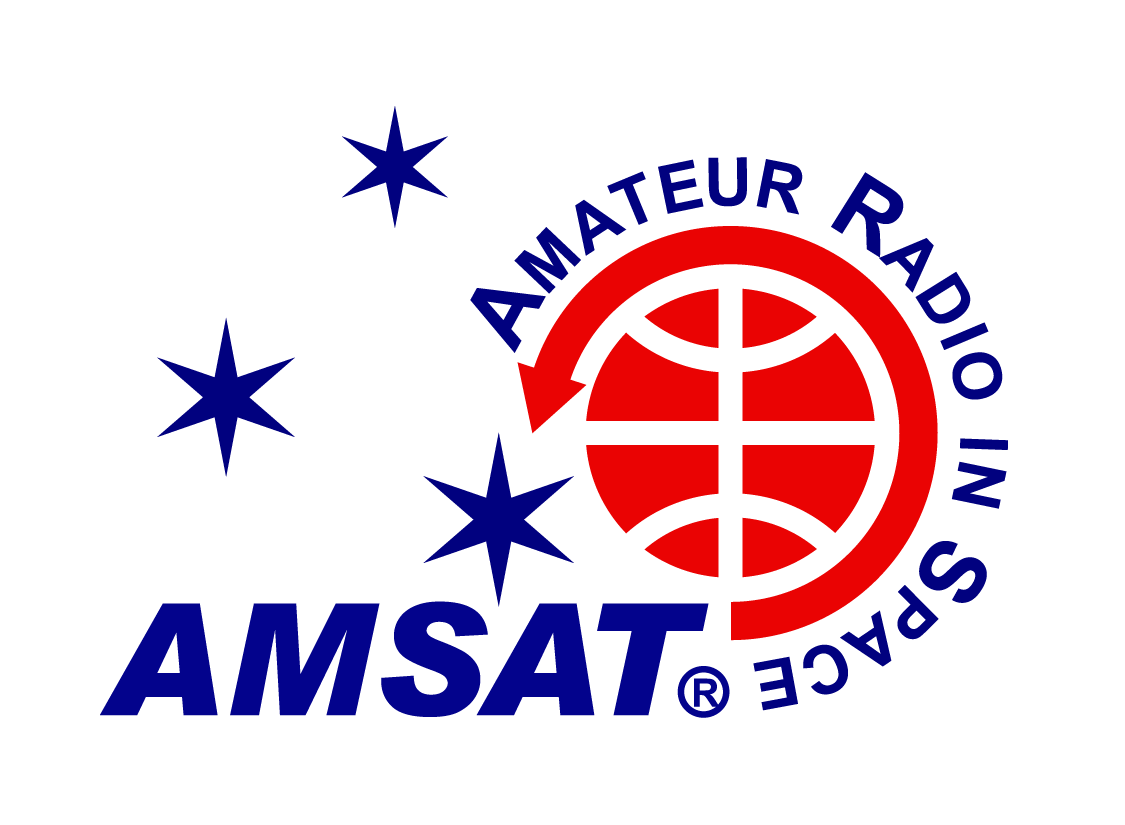This was posted earlier today to amsat-bb by Gaston Bertels, ON4WF, ARISS-Europe chairman:
HamTV Bulletin #5
January 26, 2014
Ham Video Commissioning Blank Transmissions
As announced December 22, 2013 the Ham Video transmitter is onboard the International Space Station and stored in the Columbus module. It is slated to be installed February 5, 2014 by Michael Hopkins KF5LJG. Hopkins will also install the camera and the supporting Bogen arm.The Ham Video transmitter will be connected to the ARISS 41 antenna and to the KuPS power supply. The installation procedure comprizes a check of the electrical connections. The transmitter will be powered on and will transmit a signal on 2.422 GHz. This check will be very limited in time, just enough to verify that the control LEDs are nominal. Then Ham Video will be powered off, ready for the first Commissioning Step.
January 23 and 24, Commissioning Simulations were again performed by ESA, in collaboration with ARISS. The ARISS Team, in charge of receiving the signals during the Commissioning, worked with B.USOC, simulating the four scheduled Commissioning Steps. The procedure was an update of the Simulations performed 5-6 September 2013,
as reported in HamTV Bulletin #2. (All HamTV Bulletins are archived at <http://www.ariss-eu.org/>www.ariss-eu.org ).The four Commissioning steps are scheduled February 8, 15 and 16 and March 5. These dates are still to be confirmed and this depends on the
signature of the Flight Rules relative to Ham Video (see HamTV Bulletin #4). Blank Transmissions will start immediately at the conclusion of Commissioning Step 1 and will
continue till Commissioning Step 4. This means that the Ham Video transmitter will operate continuously during 25 days.
The DATV signal parameters will be:
* Downlink frequency: 2.395 GHz
* DVB-S standard (QPSK modulation)
* Symbol rate: 1.3 Ms/s
* FEC : ½
* Video PID = 256
* Audio PID = 257
* RF radiated power : approximately 10 W EIRP
Ham Video will operate with a Canon XF-305 camera, but the camera will be turned off during the Blank Transmissions.
Blank Transmissions
A « blank » DVB-S signal contains all the data of normal DVB-S. The information tables describing the content and the content itself, i.e. the video (black) and the audio (silence), are the same as for the image and the sound produced by a camera.Receiving a black image and silent sound may seem uninteresting but, from a technical perspective,
the digital signal offers an important source of information.
The decoded signal provides many data :
* the video stream can be measured (Tutioune + TS reader)
* the audio stream can be measured (Tutioune + TS reader)
* the DVB tables can be decoded (satellite receiver (Set Top Box) or Tutioune or TS reader or VLC
)
The DVB tables mention the PIDs (content identification numbers) as well as the SDT
(Service Description Table) with the TV channel name, which will be « HAMTV »
Even without decoding, several measurements of the received signal provide valuable information:
* analogic HF signal strength (dBm)
* analogic Signal/Noise ratio (dB)
* digital Signal/Noise ratio = MER (dB)
* error/correction ratio = Vber, Cber
* validation of the received transport stream = TS
Reception Reports
Ground stations with S-band capability can provide valuable information, which will be much appreciated.Basic data such as:
* noise level without signal
* AOS and LOS time (UTC)
* maximum signal level during pass
can be reported by ground stations without the need of special DATV hard- and software.
ARISS is preparing a Ham Video Internet Reporting Program for collecting reception data from volunteering ground stations.These most needed reception reports will be gratefully accepted.
Basic DATV receiver
A Set Top Box or a Television receiver with satellite tuner can be used for receiving Ham
Video signals during a pass of the ISS.
Bill Ress, N6GHZ has provided an excellent article, Low Cost DVB-S Receivers Suitable For HAMTV Reception, in the November/December issue of the AMSAT Journal. While normally only available to our members, AMSAT-NA is pleased to make it available in our Sample Download Section.
When scanning the 2.395 GHz frequency, the DVB stream can be decoded. When this is successful, the channel name « HAMTV » will appear on the TV screen.
Windows computer with TechnoTrend TT S2-1600 card and Tutioune software
A Windows computer with TT S2-1600 receiver card can be used for Ham Video reception. See appended Block Diagram of N6IZW Station.
The Tutioune software, developed by Jean Pierre Courjaud F6DZP, measures and records the Ham Video signals second per second:
* HF signal level
* digital Signal/Noise level = MER (dB)
* error/correction = Vber
· validation of the received transport stream = TS
The recorded file can be examined and forwarded to ARISS.
Better even, the data can be forwarded during an ISS pass to the TiouneMonitor on
the http://www.vivadatv.org/>www.vivadatv.org website. In other words, the data can be observed worldwide, real time.
Tutioune also shows the constellations during signal reception (see HamTV Bulletin #4). The TS stream can be recorded, but this is less interesting since richer information is already available.
Tutioune also decodes the DVB tables and provides the PIDs and the channel name (« HAMTV ») recovered from the SDT table.
73,
Gaston Bertels, ON4WF
ARISS-Europe chairman
Annex:
www.ariss-eu.org/N6IZW_Station.pdf
 OSCAR Number Administrator Bill Tynan, W3XO announced the University of Louisiana’s CAPE II cubesat has been designated as University of Louisiana OSCAR 75 or LO-75.
OSCAR Number Administrator Bill Tynan, W3XO announced the University of Louisiana’s CAPE II cubesat has been designated as University of Louisiana OSCAR 75 or LO-75.

